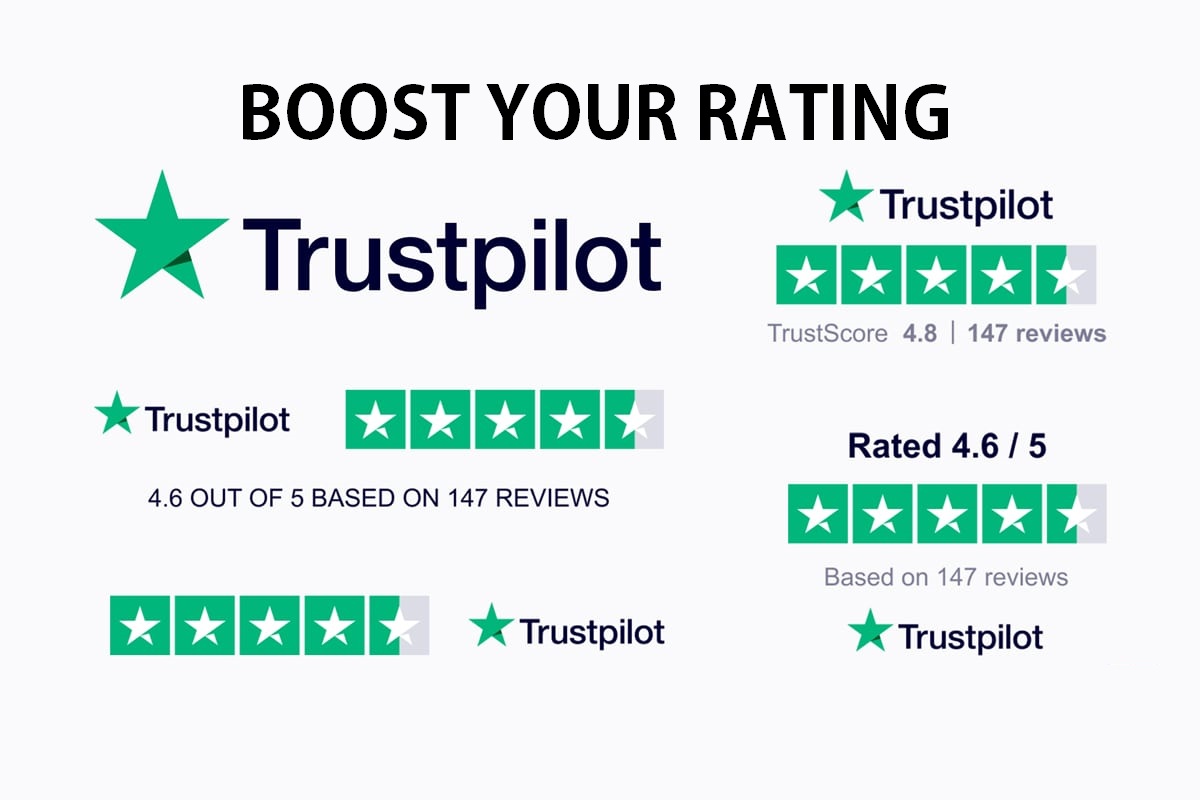Optimizing Traffic Control and Personalization with aipuppe.com
June 24, 2024Unleash Your YouTube Power with aipuppe.com!
June 24, 2024The Impact of Screen Resolution on Website Traffic and Conversions ===
In today’s digital age, having a strong online presence is crucial for businesses to reach their target audience and drive conversions. One often overlooked factor that can significantly impact website performance is screen resolution. The screen resolution of a device determines how many pixels are displayed on the screen, which in turn affects how websites are rendered and viewed by users. Understanding the importance of screen resolution and its influence on traffic and conversions is essential for optimizing the user experience and maximizing engagement.
Why Screen Resolution Matters
Screen resolution matters because it directly impacts how a website is displayed on different devices. With the wide variety of devices available today, from smartphones and tablets to laptops and desktops, users access websites through screens of varying sizes and resolutions. A website that is not optimized for different screen resolutions may appear distorted or difficult to navigate, leading to a poor user experience. By ensuring that a website is responsive and adapts to different screen resolutions, businesses can provide a seamless experience for all users.
Moreover, according to StatCounter, the most common screen resolution worldwide is 1920×1080, followed by 1366×768 and 1536×864. By designing websites with these popular resolutions in mind, businesses can cater to a larger segment of their target audience. Ignoring screen resolution can result in missed opportunities to engage with potential customers who may abandon a website if it does not display properly on their device.
Impact on Website Traffic
The impact of screen resolution on website traffic is significant. When a website is not optimized for different screen resolutions, users may leave the site before engaging with its content, resulting in a high bounce rate. Mobile users, in particular, are more likely to exit a website if it is not mobile-friendly and does not adapt to their screen size. This can lead to a loss of potential customers and decreased visibility in search engine rankings.
Furthermore, screen resolution can affect a website’s loading time. If a website is not optimized for different resolutions, it may take longer to load on certain devices, especially those with smaller screens or lower resolutions. Slow loading times can deter users from exploring a website further and increase the likelihood of them abandoning the site. By optimizing for different screen resolutions, businesses can improve their website’s performance and attract more visitors.
Influence on Conversion Rates
The influence of screen resolution on conversion rates is undeniable. A user-friendly website that is optimized for different screen resolutions is more likely to convert visitors into customers. When users have a positive experience navigating a website, they are more inclined to engage with its content and take desired actions, such as making a purchase or signing up for a newsletter. Conversely, a website that is not responsive to different screen resolutions may deter users from completing conversions.
Research has shown that responsive websites have higher conversion rates compared to non-responsive websites. According to Google, 61% of users are unlikely to return to a website if they had trouble accessing it on their mobile device. By ensuring that a website is responsive and adapts to different screen resolutions, businesses can improve their conversion rates and maximize their return on investment.
Optimizing for Different Resolutions
Optimizing a website for different screen resolutions involves using responsive design techniques to ensure that the layout and content adapt fluidly to various screen sizes. This includes implementing media queries to adjust the design based on the device’s screen width, using flexible grids to create a consistent layout, and optimizing images for different resolutions. By following best practices for responsive design, businesses can create a seamless user experience across all devices.
Moreover, conducting user testing on different devices with varying screen resolutions can help identify any display issues and ensure that the website functions properly on all platforms. By gathering feedback from users and making necessary adjustments, businesses can enhance the overall user experience and increase engagement. Regularly monitoring website performance metrics, such as page load time and bounce rate, can also provide insights into how well a website is optimized for different screen resolutions.
User Experience Considerations
When optimizing for different screen resolutions, businesses should prioritize the user experience to create a seamless and intuitive browsing experience for all users. Factors such as font size, button placement, and navigation should be considered to ensure that users can easily interact with the website regardless of their screen size. By providing a consistent and user-friendly experience, businesses can build trust with their audience and increase engagement.
Additionally, accessibility should be a key consideration when optimizing for different screen resolutions. Websites should be designed to be accessible to users with disabilities, such as those using screen readers or magnification tools. By following web accessibility guidelines, businesses can ensure that all users can access and navigate their website effectively, regardless of their screen resolution or device.
Future Trends in Screen Resolution
As technology continues to evolve, screen resolutions are expected to become even more diverse and advanced. With the rise of retina displays and high-definition screens, businesses will need to adapt their websites to accommodate higher pixel densities and sharper images. Designing websites with scalable vector graphics and responsive imagery will become increasingly important to ensure that websites look crisp and clear on all devices.
Moreover, the growth of wearable devices and smart TVs will introduce new challenges for optimizing websites for different screen resolutions. Businesses will need to consider how their websites appear on these emerging platforms and ensure that the user experience remains seamless across all devices. By staying informed about the latest trends in screen resolution and responsive design, businesses can future-proof their websites and stay ahead of the competition.
In conclusion, screen resolution plays a crucial role in determining the success of a website in terms of traffic and conversions. By understanding the impact of screen resolution on user experience, businesses can optimize their websites for different resolutions and provide a seamless browsing experience for all users. By prioritizing responsive design, user experience considerations, and future trends in screen resolution, businesses can enhance their online presence and drive engagement.






